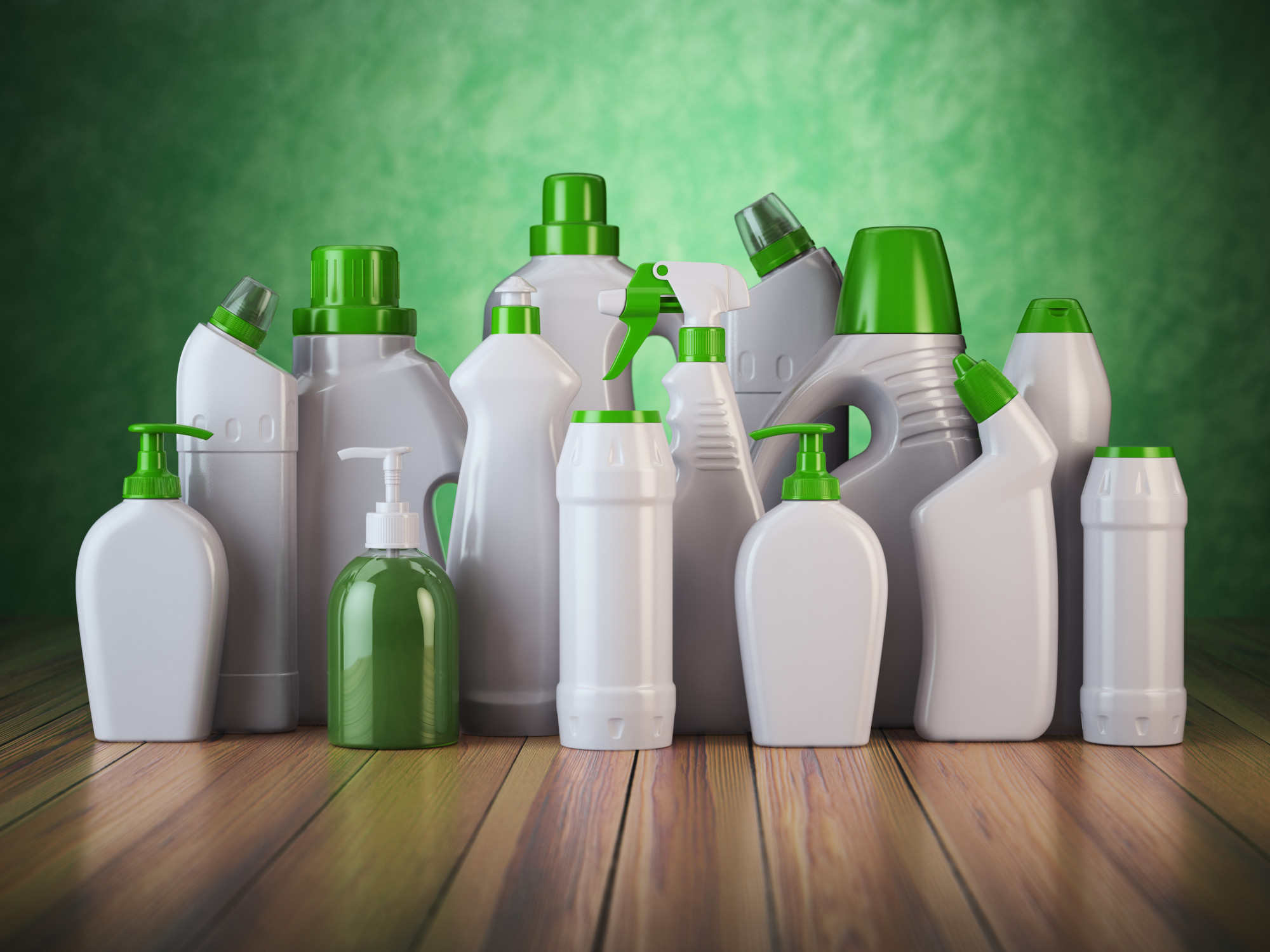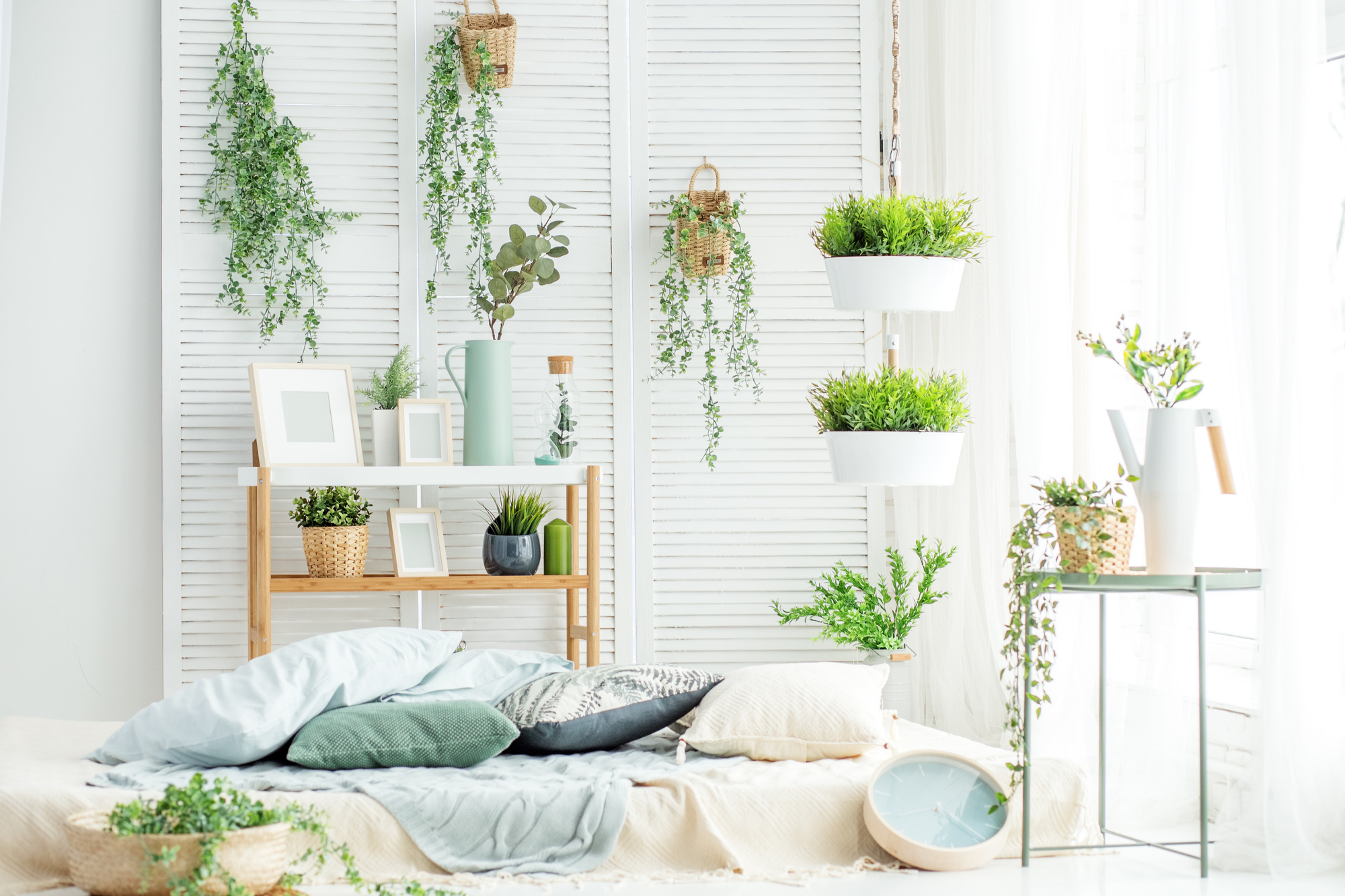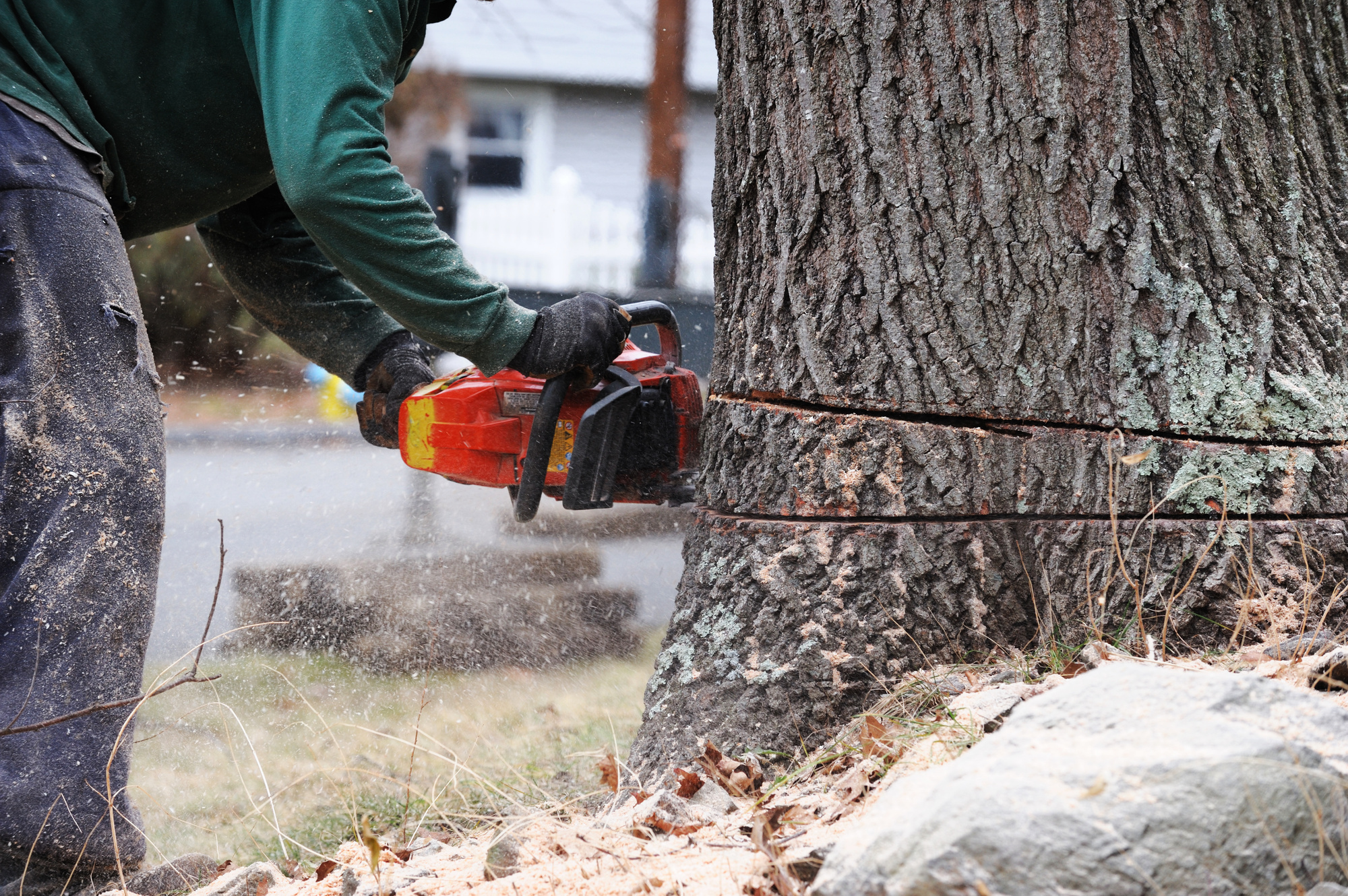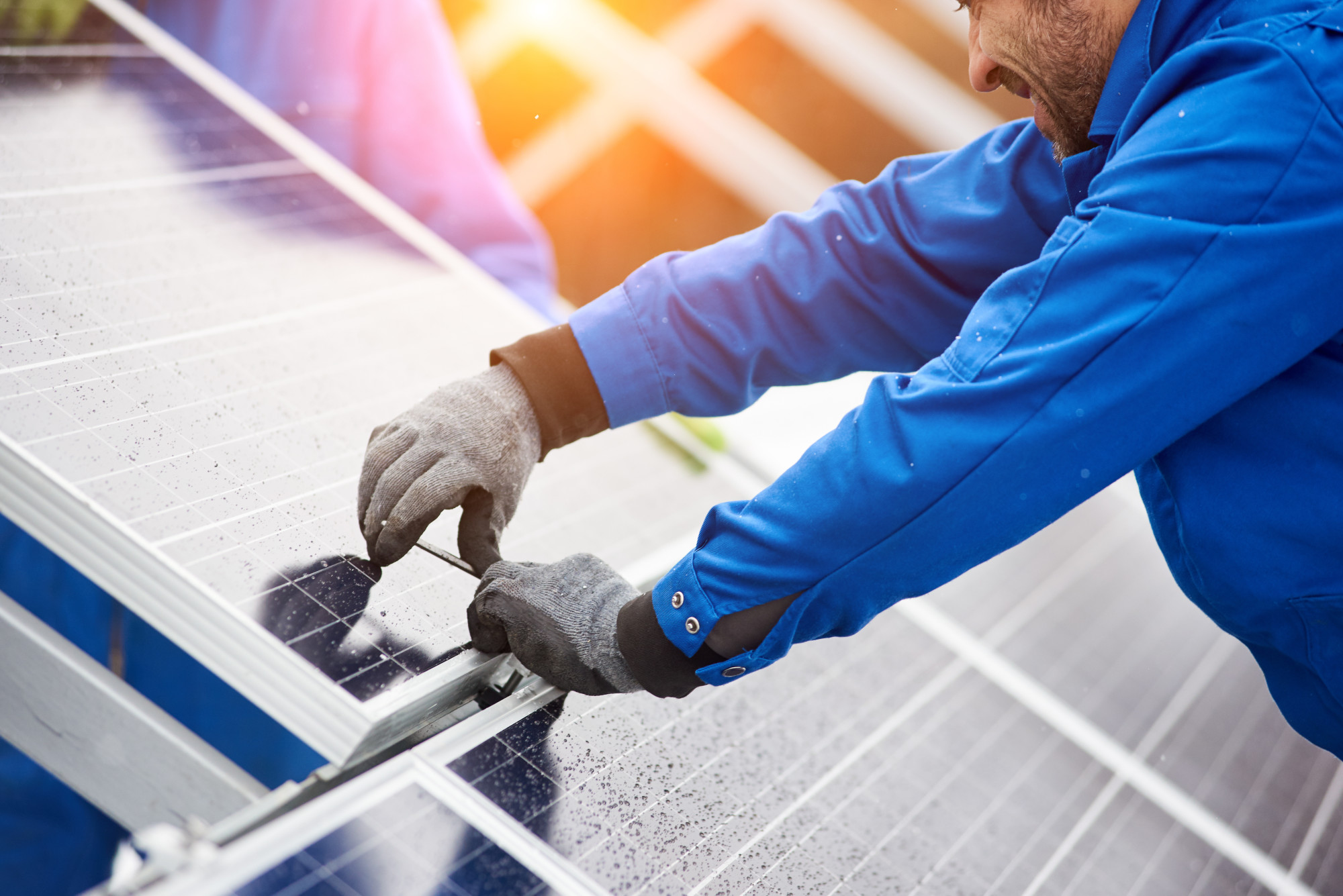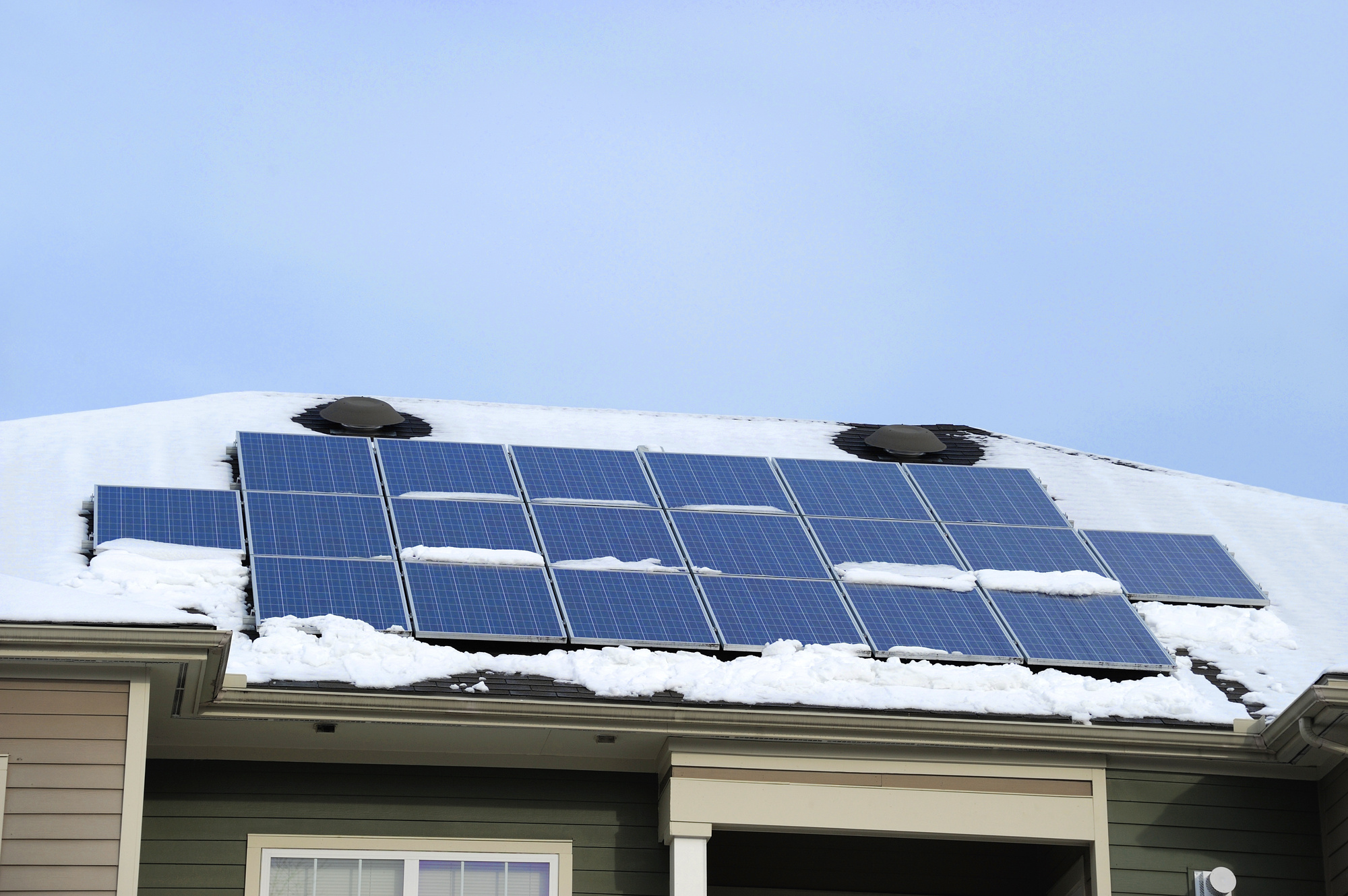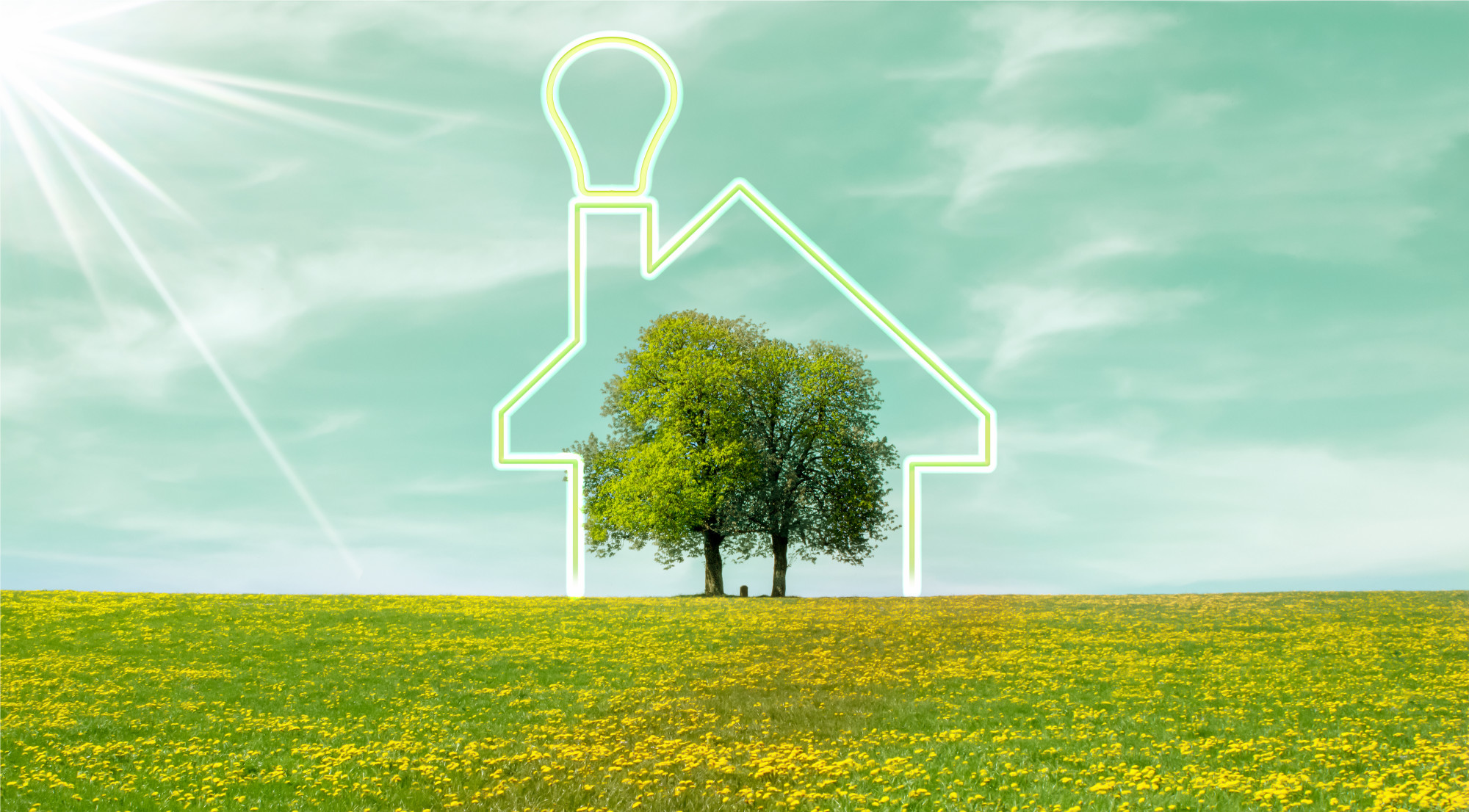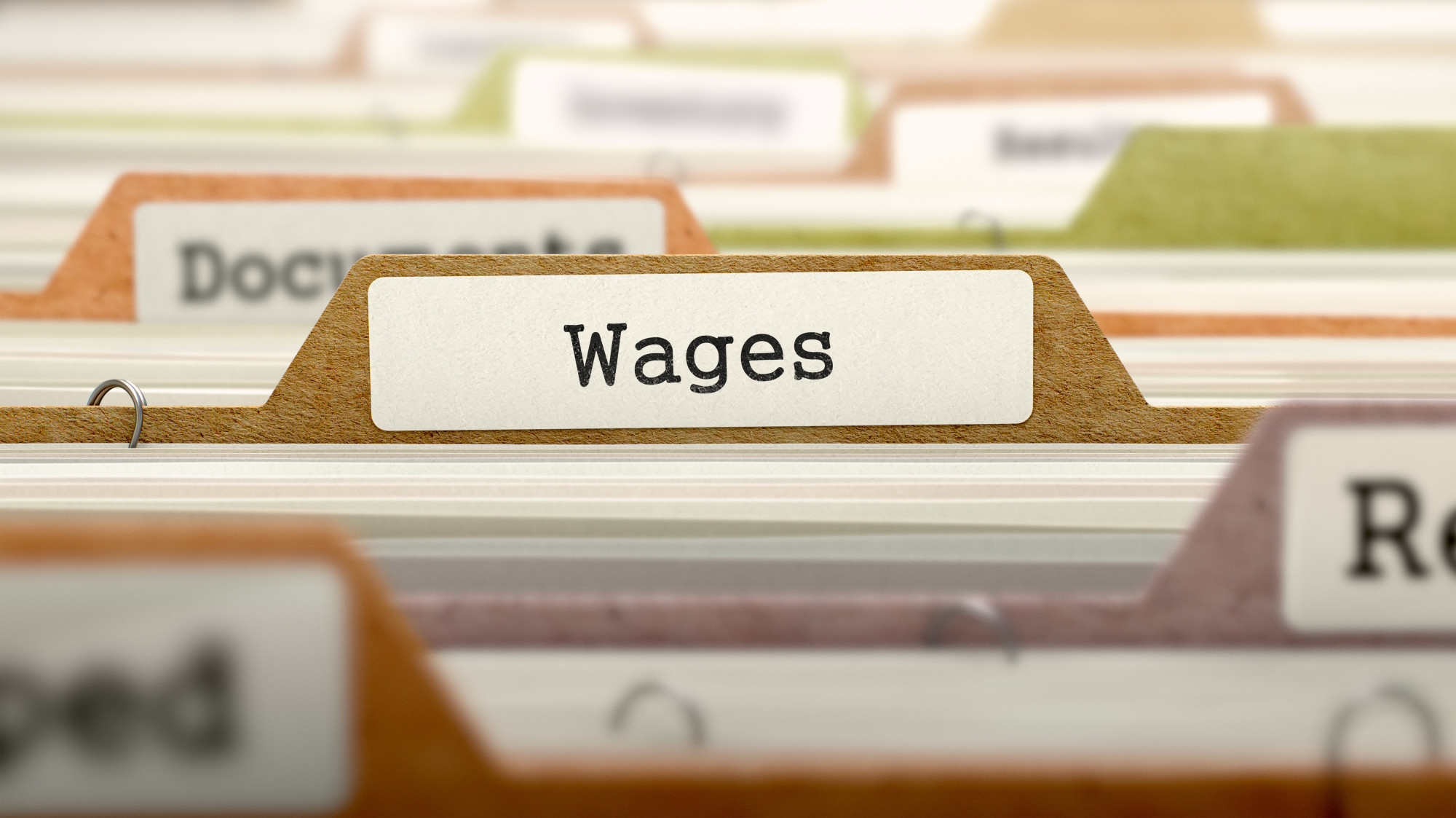Have you ever joined a movement? Whether you’re passionate about animal rights, human rights, or the right to wear leggings on college campuses, you can find a movement that supports your passion.
What about sustainable living? While it’s not exactly a movement, the people who are passionate about sustainability believe strongly in the environment and preserving it for future generations.
How can you get involved?
Making mindful choices when selecting cleaning products is one easy step anyone can take. Why not start in the bathroom?
Read more about sustainable living how the best natural bathroom cleaner can impact your environment.
Sustainable Living 101
We hear buzzwords all the time and it’s tempting to shrug sustainable off as one of them. That would be a mistake.
At its roots, the concept of sustainable living is simple. It’s a way of living where people meet their needs without harming the environment. Beyond that, it’s a way of protecting resources for our kids and grandkids.
Sustainable living means we use less of the earth’s natural resources. We replenish what we use if possible. We produce less polluting waste.
It starts at home. Home is the easiest place you can start because you have the most control over your personal environment.
Consider how you clean your home today. Think about what you use for cleaning your kitchen and bathroom. Your clothing and linens.
If you use traditional cleaning methods and products that means dangerous chemicals and inefficient use of energy resources.
It only sounds overwhelming. Instead of going through your home and performing a chemical dump or carting that energy-sucking electric dryer to the curb, start small.
Start with sustainable cleaning. You can easily create sustainable cleaning habits that won’t have a negative impact on your health or the environment.
Concentrate on the smallest room of the house, which for most of us is the bathroom.
The Eco-Friendly Bathroom
The smallest room in the house is the ideal place to begin using sustainable living practices. It’s not only about the size of the room, but it’s also about what goes on there.
In the bathroom, you combine humidity, wasted energy, and chemicals.
You can’t completely eliminate moisture in a bathroom unless you never shower. But you can reduce humidity by installing a ventilation fan. The fan can also help move fumes from cleaning products out of the room.
You can also reduce energy consumption.
Depending on the size of your tank the average cost to use a hot water heater is $781 per year. That’s for normal use and doesn’t take into account the person who turns the water to the hottest bearable setting. If you’re passionate about taking long, steamy showers, consider turning the heat down.
Another factor to consider is how the temperature in your bathroom relates to hot water consumption. No one enjoys stripping down in a freezing cold bathroom. The natural tendency is to run the hot water until it warms the room up a bit.
Sustainable doesn’t have to mean miserable. Read more here about ways you can warm up the bathroom without being sustainability un-friendly.
Cleaning chemicals impact air quality. Most bathroom cleaning products contain bleach or ammonia.
Bathroom activities take place behind closed doors (hopefully). Unless you keep a window open, you breathe in a cocktail of toxic chemicals every time you clean.
There’s a simple fix. Use natural cleaning products.
But I’ve Always Used Bleach
Bleach is often hailed at the miracle cleaner. You use it because your mom used it. She used it because her mother said it was the only thing that cleaned well enough to kill germs.
Even restaurants and hospitals use it so it must be okay, right? Unfortunately, it’s not.
The Occupational Safety and Health Administration (OSHA) has plenty to say about the dangers of using bleach in the workplace. They require wearing a mask and gloves and proper ventilation.
OSHA knows bleach causes problems with eyes, skin, and the respiratory tract. If combine bleach with ammonia, it results in deadly fumes.
OSHA keeps an archive of workplace injuries caused by exposure to bleach. Why expose yourself to the risk of using it at home?
How Do I Know It’s Natural?
The ingredient list on most cleaning products is like reading a foreign language.
Product labels are misleading too because many companies use words like natural and green in big bright letters all over their product containers.
It’s natural to grab those that speak the loudest through marketing tactics aimed at those who worry about product safety.
Due to weak regulation of those words, chances are the product isn’t natural at all. You can cut the confusion by doing one of two things. Either read up on products that claim they’re sustainable or make your own.
You can find the best natural bathroom cleaner on a store shelf but you can also find the ingredients in your own pantry.
The Best Natural Bathroom Cleaner
If you choose to buy natural bathroom cleaners over DIY-ing, look for products that are biodegradable. Make sure the label gives you the biodegradable percentage.
When reading labels if you see words that look like they belong in a chemistry lab, the product probably isn’t 100% natural. All traditional household cleaners contain dangerous chemicals, but you’ll find some specifically in bathroom cleaners:
- Phthalates
- Quarternary Ammonium Compounds, or “QUATS”
- 2-butoxyethanol
- Ammonia
- Chlorine
There’s a strong argument for potent cleaning products in the bathroom. Bathrooms harbor lots of nasties. From fecal residue to mold and mildew, keeping the bathroom sanitized isn’t a job for the weak.
But you can bypass the chemical cocktails. The best natural bathroom cleaner contains products you likely keep in your kitchen pantry.
Good old vinegar mixed with warm water works wonders. Vinegar comes with a caveat. Since vinegar is acidic, don’t use it on natural stone (i.e granite, marble, or soapstone) countertops and floors.
Vinegar is also not a friend to hardwood or grout.
A pairing of plant-based liquid castile soap and baking soda makes an amazing sustainable cleaner for grout and stone floors and countertops.
Table salt poured on rust, lime, and hard-water stains work wonders. You can also squeeze fresh lemon juice on the affected area. Lemon juice and salt together make a potent team in the bathroom.
Whether you buy a bathroom cleaner with natural ingredients or make your own, finding the best natural bathroom cleaner is an easy first step toward sustainable living.
Take Baby Steps
If you only practice sustainable living in your bathroom, you’re contributing more than the average person.
Take the first steps by switching to the best natural bathroom cleaner and paying more attention to energy consumption in the bathroom.
One baby step leads to the next and before you know it you’ll start incorporating sustainable living practices in other areas of your home.
We’re here to help! For more articles on sustainable living, read our archives here.

